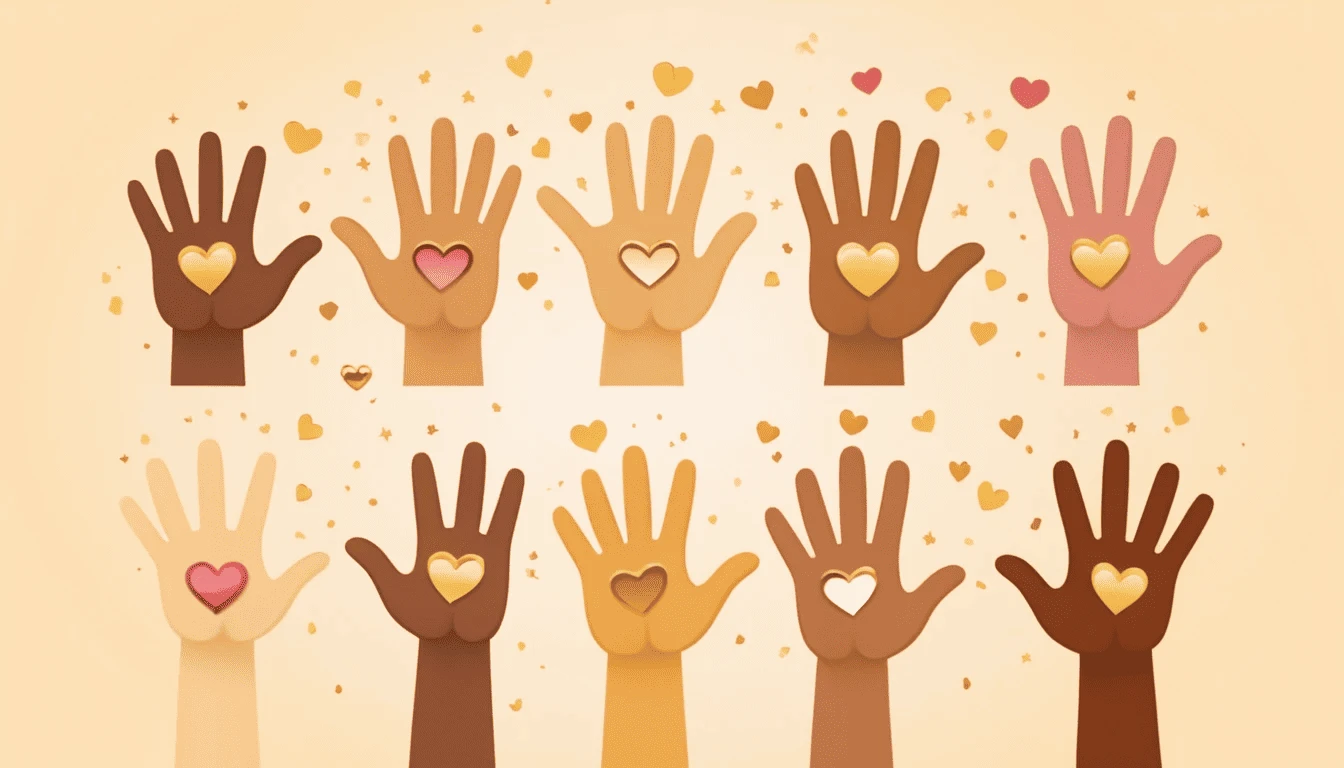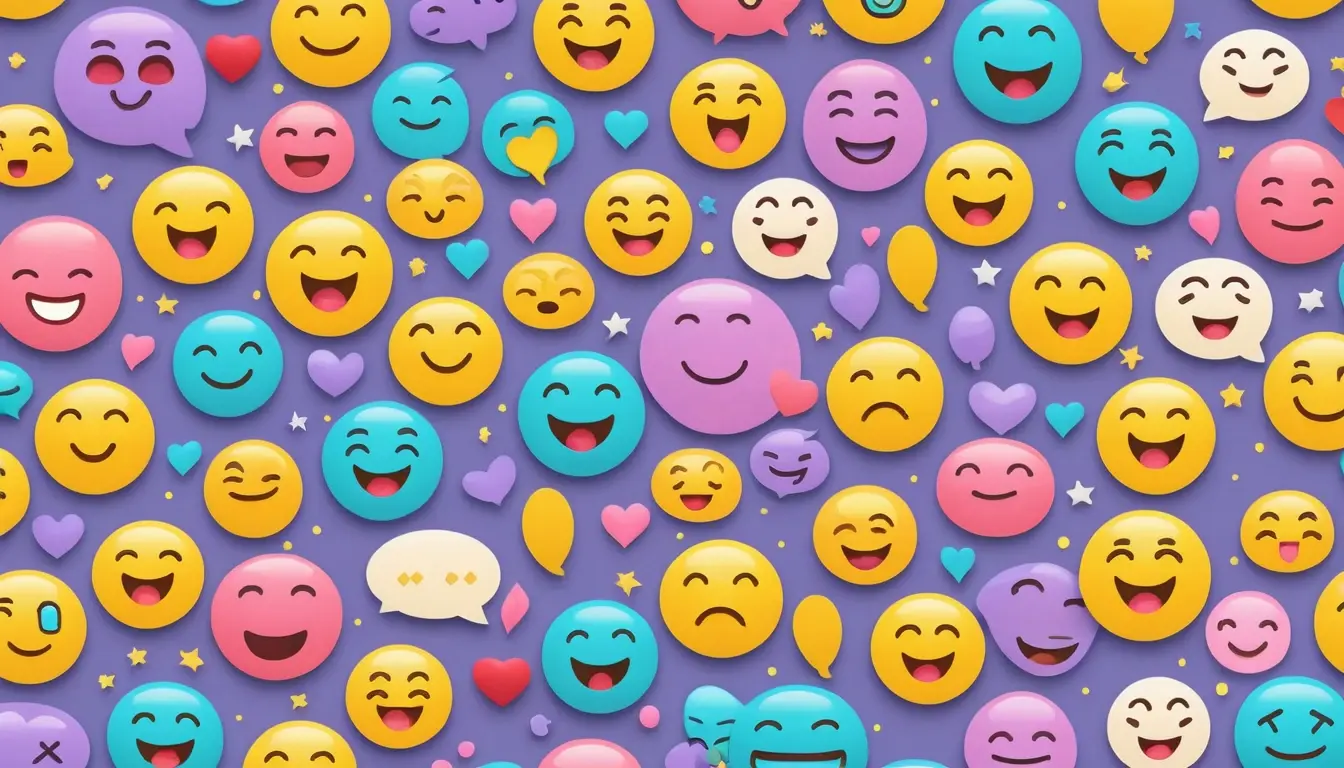All Emoji Versions
15 Emoji Versions available
Explore emojis organized by their Unicode release version. Each version represents a milestone in emoji evolution, introducing new characters and expanding digital expression.
Emoji Version 0.6
Initial emoji release with basic emoticons and symbols. Foundation of modern emoji.
Emoji Version 0.7
Additional symbols and pictographs for improved communication.
Emoji Version 1.0
Major expansion with diverse people, gestures, and activities.
Emoji Version 2.0
Skin tone modifiers and additional diversity options.
Emoji Version 3.0
Food, sports, and professional emojis. Major lifestyle expansion.
Emoji Version 4.0
Gender variants and additional professions.
Emoji Version 5.0
Mythical creatures, food, and clothing items.
Emoji Version 11.0
Superheroes, redheads, and new facial expressions.
Emoji Version 12.0
Accessibility, inclusion, and new animals.
Emoji Version 12.1
Interracial couples and gender-inclusive options.
Emoji Version 13.0
Pandemic-era additions and new gestures.
Emoji Version 13.1
Additional skin tone combinations and variants.
Emoji Version 14.0
Latest additions with modern expressions and objects.
Emoji Version 15.0
Newest emoji release with enhanced diversity and modern expressions.
Emoji Version 15.1
Latest Unicode release with additional emoji refinements and new additions.
About Emoji Versions
Emoji versions represent the official releases of emoji standards. Each version introduces new emojis, improvements, and sometimes modifications to existing ones. Explore each version to see how emoji communication has evolved over time.
Frequently Asked Questions
What are emoji versions?
Emoji versions represent official Unicode releases that add new emojis, update designs, or modify existing characters. Each version reflects a snapshot of digital communication at a specific time, showing how emojis evolve to match culture and technology.
How many emoji versions are there?
There are currently 15 major emoji versions, starting with Emoji 0.6 released in 2010. Each new version brings additional emojis, design refinements, and sometimes changes in platform-specific appearances.
What is the difference between emoji versions and Unicode versions?
Emoji versions are based on Unicode releases but specifically track emoji-related updates. Unicode versions may include technical improvements, new scripts, and other character updates, while emoji versions focus only on the emoji set.
Why are emoji versions important?
Emoji versions are important because they determine which emojis are available across devices and platforms. They help standardize emoji communication, ensuring that a single emoji looks and functions the same way for everyone using the latest software.
How do I find out which emoji version my device supports?
You can check your device’s emoji version by looking at your operating system's update notes or by testing newly released emojis in your keyboard. If a new emoji appears as a blank square or question mark, your device may not support the latest emoji version yet.
What was included in the first emoji version?
Emoji 0.6, released in 2010, included the first standardized set of emojis recognized across all major platforms. It laid the foundation for modern emoji communication, featuring basic smileys, objects, animals, and symbols.
How often are new emoji versions released?
New emoji versions are typically released once a year. The Unicode Consortium reviews proposals, finalizes the new emoji list, and then platforms like Apple, Google, and Microsoft implement them in their updates.
Why do some emojis look different on different devices?
While emoji versions define which emojis exist, each platform designs its own artwork. This is why an emoji may look slightly different on iOS, Android, or Windows, even if it belongs to the same version.
Can I use emojis from newer versions on older devices?
Older devices may not support emojis from newer versions. If your device has not received a software update with the latest emoji set, new emojis will appear as blank squares or placeholder symbols.
Where can I see all emoji version changes?
Our Emoji Versions page lists every version from Emoji 0.6 to the latest release, including the number of new emojis added, major updates, and historical changes.
Who decides what gets added in each emoji version?
The Unicode Consortium approves new emojis through a proposal and review process. Once accepted, they are included in the next emoji version and then implemented by device manufacturers and platforms.
Do emoji versions ever remove or replace emojis?
While it's rare for emojis to be removed, designs are sometimes updated or modified for clarity or inclusivity in newer versions. This ensures emojis stay relevant and culturally accurate.



